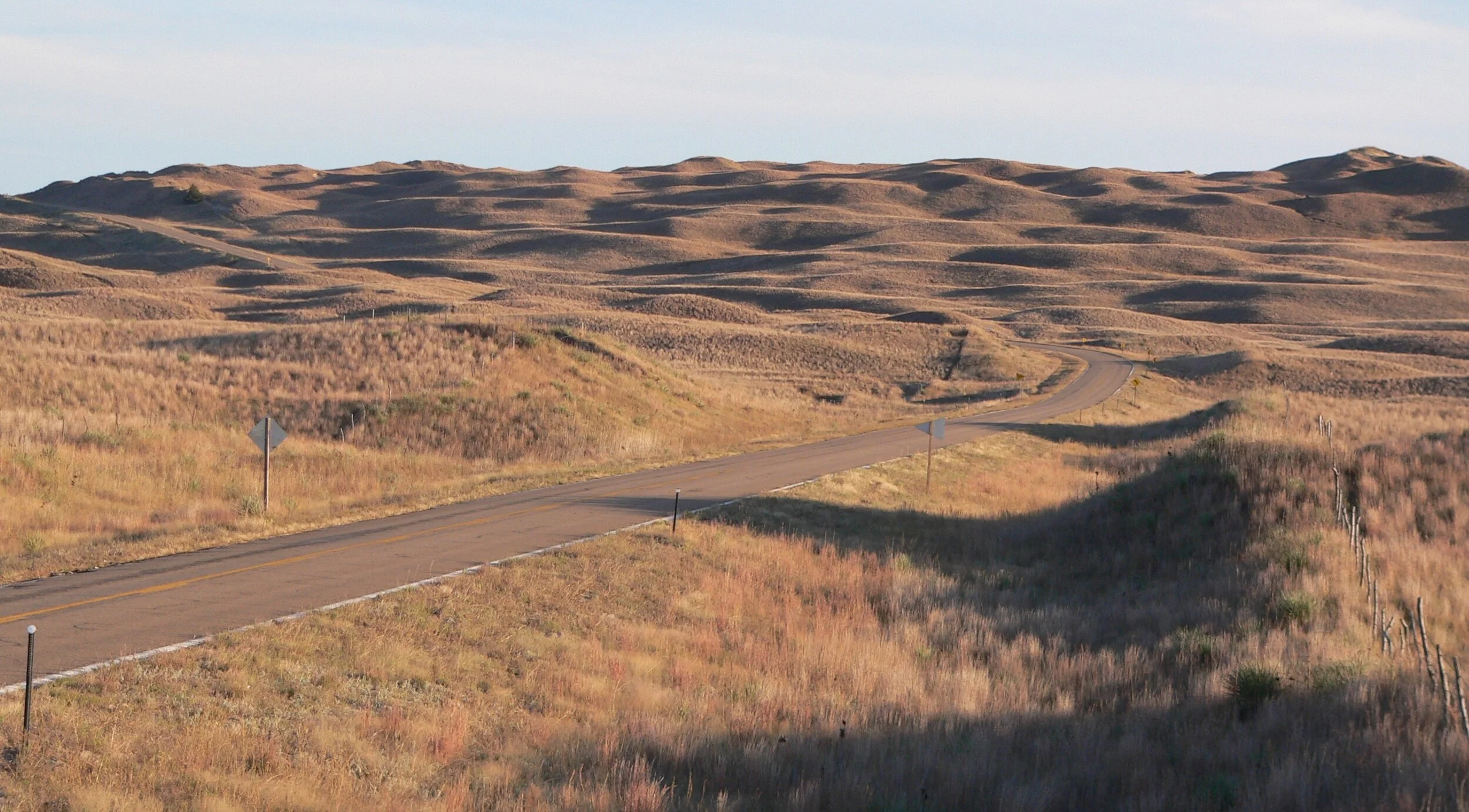Cattle-Tank Paddling: the Raucous Nebraska River Race Where Everybody Wins
“It’s just one of them things,” Mitch Glidden tells me. He’s smiling wide behind a thick horseshoe mustache. “You gotta get heads in beds.” When Glidden speaks, you listen; not only because he’s an inveterate storyteller, or because his eyes crackle like fireworks, or because he’s arguably the jolliest man in Hooker County, Nebraska, but also because he kneads together every syllable like a firm sourdough. You lean forward a little. You bend your ear. Come again?
It’s the night before the 14th annual Polar Bear Tank Race in the village of Mullen—a hiccup on Highway 2 in western Nebraska—and the community center is abuzz with volunteers. They’re stocking the bar. They’re shuffling papers. They’re stirring homemade soups in hand-me-down roasters. Behind us, a woman named Linda is wearing a dirndl and pigtails and carefully unpacking her landscape paintings: a rusty windmill, a snowy yucca, a preening egret. “Don’t forget me in your story,” she’ll later say, slipping me a brochure for CaLinda’s Pot Shop and Art Gallery as if it were a crisp Benjamin. (You’re welcome, Linda.)
For years now, I’ve maintained a cool distance from what Nebraskans call “tanking.” Not that I’m an especially seasoned paddler, but the notion of floating downriver in a circular livestock tank struck me as a little too on the nose. I’ve spent most of my career in journalism trying to complicate the popular perception of the Great Plains, especially my home state of Nebraska, and tanking seemed to reinforce just about every hayseed stereotype we’re associated with. Fill said cattle tank with six fat white dudes listening to Cornhusker football on a portable stereo while crushing a 30-pack of Busch Light and, bingo, we have ourselves a winner.
Regardless, no one has done more to popularize tanking than Glidden, and for good reason. He and his wife, Patty, now hunched beside him in a black jacket and blue jeans, bought the Sandhills Motel in 1993. Described by Google Maps as an “unassuming motel with a picnic area,” the Sandhills is the only lodge in Mullen, which is the only town in Hooker County, which boasts more than 23,000 cows but fewer than 750 people. Given the demographics, and the fact that Mullen—a dusty cow town settled in 1888—is at least four hours from the closest major airport, getting “heads in beds” requires more than clean sheets and satellite TV.
What it does have, however, is water. “The best water,” Patty interjects: the Middle Loup River, just two miles north, and its trickster tributary, the Dismal, 13 miles south. Both slither through the heart of the Nebraska Sandhills—recently confirmed as the largest intact temperate grassland on earth—and because they’re fed almost exclusively by springs discharged from the Ogallala Aquifer beneath it, rather than from surface runoff, they’re two of the cleanest and most uniformly flowing streams in the world.
“You can plan a trip here three years from now,” Glidden says. “The water’s gonna be there.”





